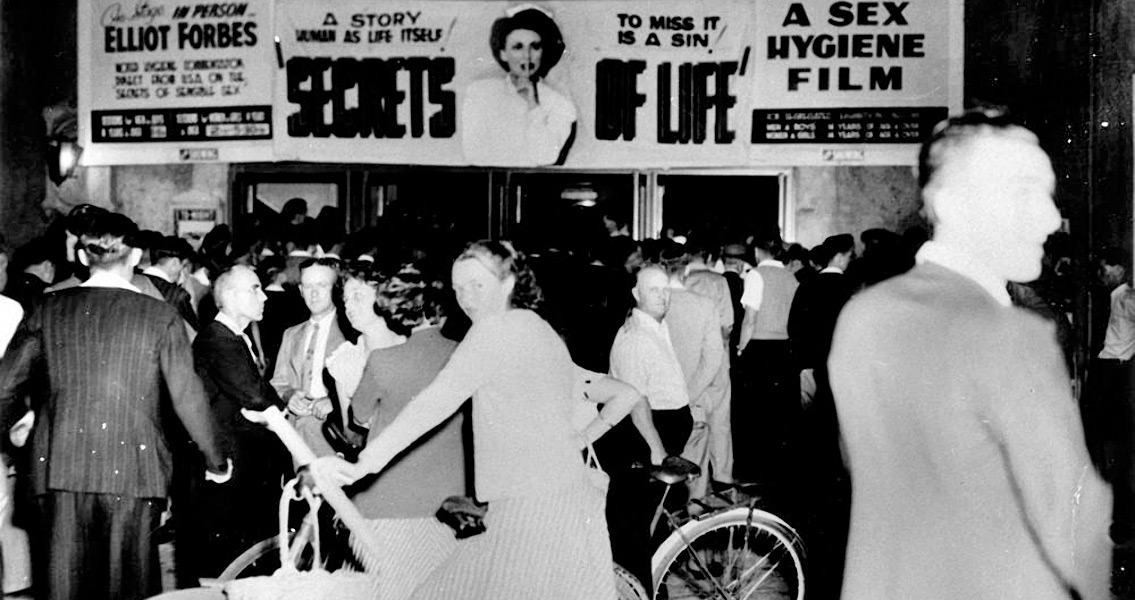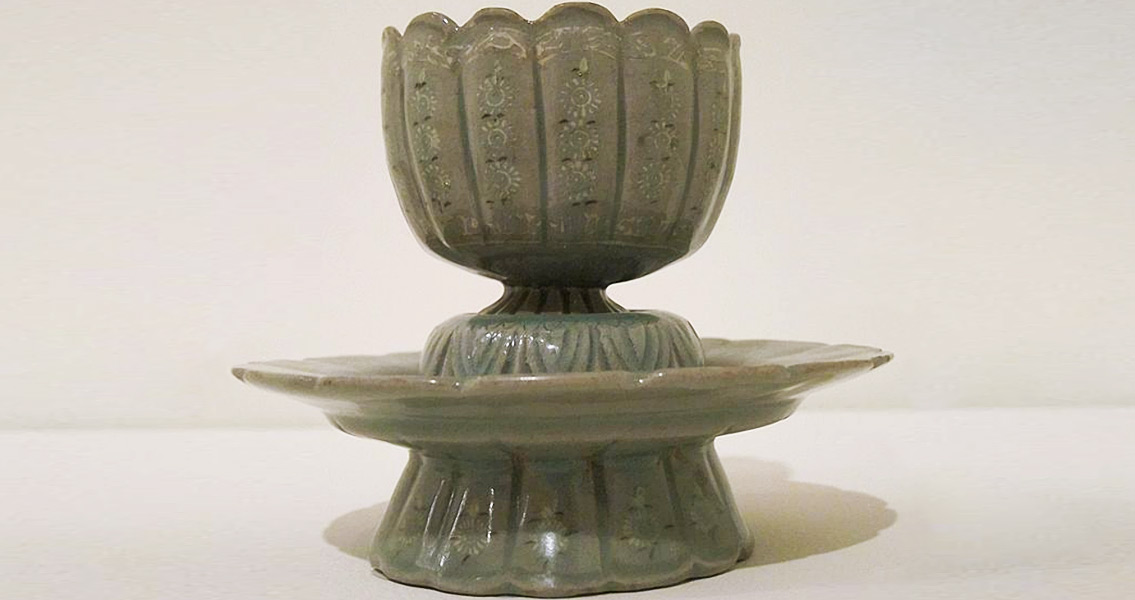Journal of Women’s History – African American girls faced a particularly stony silence about sex. “One large study in Maryland in the late 1930s (with 15 percent African Americans) found that whites “were twice as likely to discuss sex at home” as African Americans,” Simmons writes. The reticence of African American parents to discuss sex with their children, Simmons argues, stemmed from a history of racist sexual violation and stigma. “African American women endured frequent rape and pervasive sexual stigmatization during and after slavery. Whites blamed “lascivious” black women for white men’s sexual predations and made black women a foil to white women, whose purity Victorian culture idealized,” Simmons writes In opposition to this social stigma, many African American women adopted a culture of dissemblance where women kept silent about sexuality in order to protect themselves. The fallout of this dissemblance was a new generation of African American women who were uninformed about their bodies and sexual relationships. “African American women confronted a particularly insidious and racially charged form of the virgin-whore dilemma that all women faced,” as Simmons puts it. One of the few voices to emerge from this period who championed full sex education was Gladys Hoagland Groves. Groves was a white instructor at the segregated North Carolina College in Durham. Groves’ moderate sexual modernism, Simmons argues, was a wonderful fit for middle-class African American sensibilities. She taught that sex belonged ostensibly within marriage, but also tolerated a less repressive style for youth; premarital sex was, for Groves, ill-advised rather than absolutely wrong. Moreover, she criticised Victorian repressive ideas surrounding sex. Modern marriage, for Groves, should have incorporated women’s equality. “[Groves] hoped to reduce outmoded sexual repressiveness, help couples to keep love and sexual desire together, and promote solid, enduring heterosexual relationships and marriages,” Simmons explains. Simmons has focused on papers written by Groves’ students. In particular, these sources represent a new perspective for researchers as they are not sociological interviews or prison records. “These student essays do enable us to hear in some form the voices of black women wrestling with sexual regulation and attempting to construct a “modern” sexual subjectivity as teachers, single women, and wives,” Simmons notes. Simmons’ exploration of these previously unknown sources allows us a glimpse of a specific period in the sex education of young African American women. By revealing thoughts and attitudes of real women, Simmons has shown the repressive social environment these women were brought up in and how, through proper education, they could become better informed about their bodies. For more information: www.muse.jhu.edu Image courtesy of Wikimedia Commons user: SLQbot ]]>






